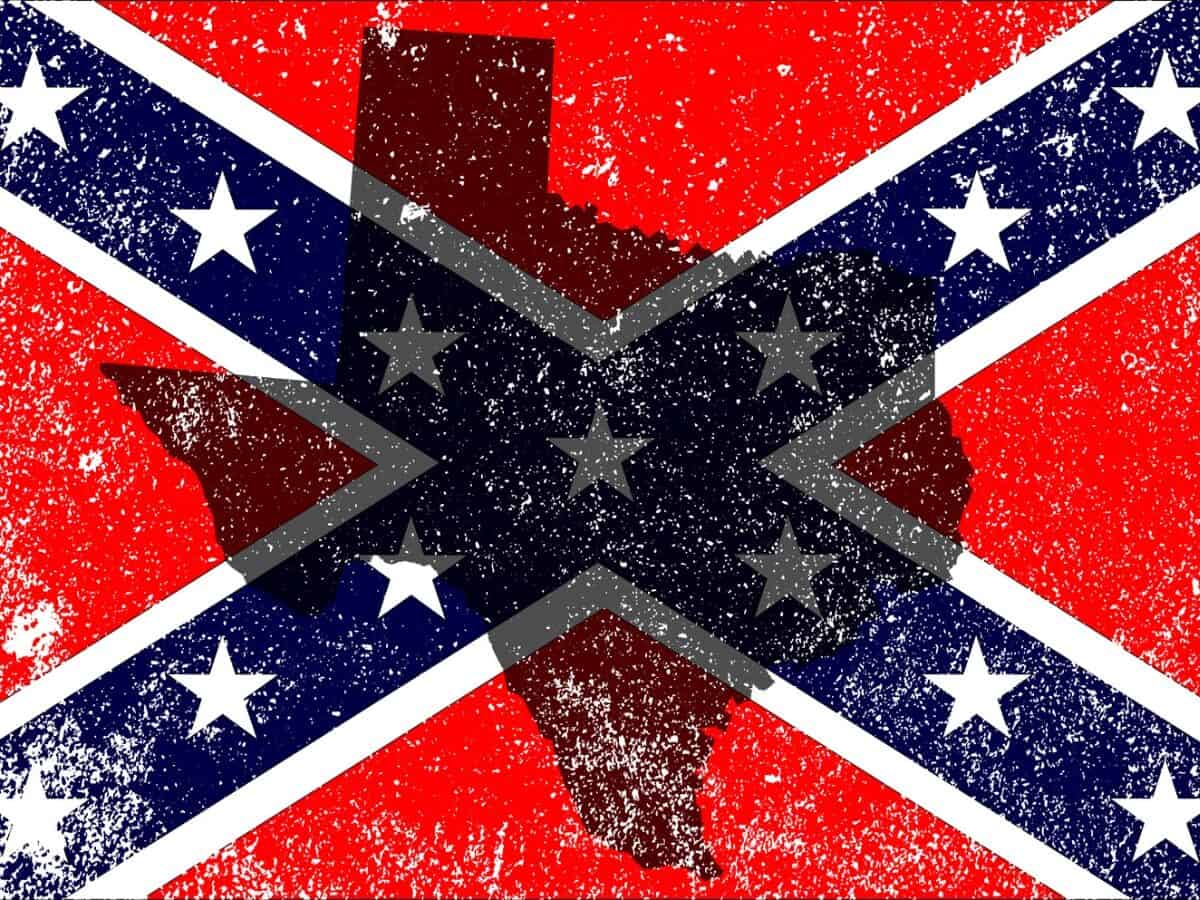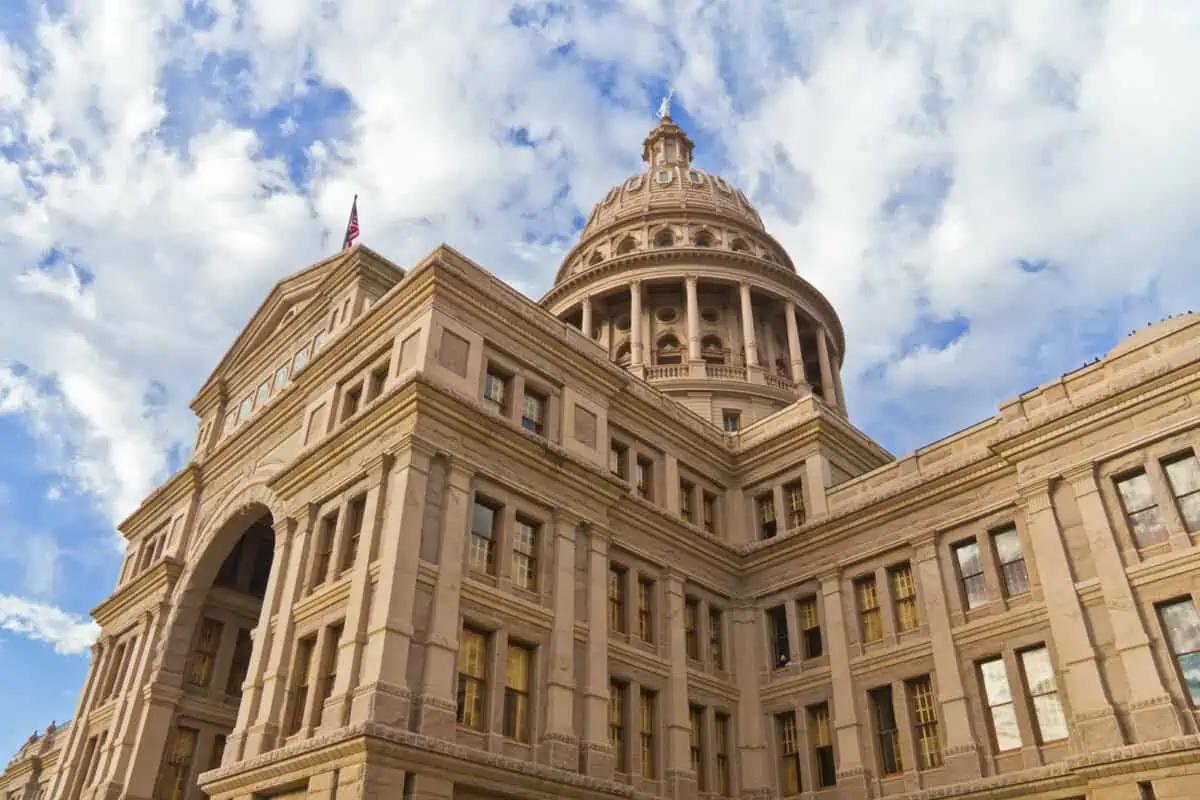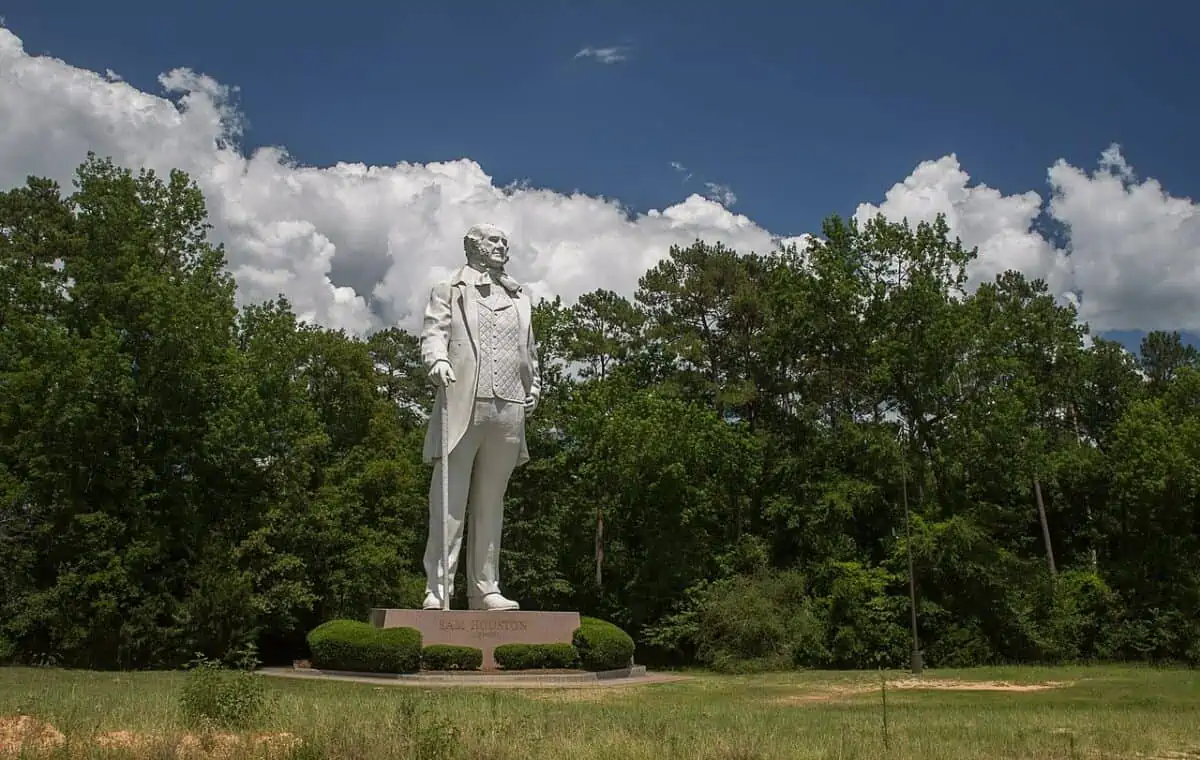Share the post "Texas After the Civil War (5 Major Effects)"
At the start of the war, Texas broke away from the Union and joined the Confederates. However, after the victory of the Union Army, Texas was ordered to rejoin the Union again.
Nevertheless, even though only a few battles took place in Texas, the war brought hardships to all its residents. One reason is that the effects of the war were widespread all over the state.
So, what exactly happened to Texas after the War? Read on to find out.

Effects of the Civil War on Texas
During the Civil War, many factors affected the lives of Texans. Below are just some examples of how the war had a huge impact on The Lone Star State after the Civil War.
1. Economical Issues
The Union forces’ blockade early on in the war halted traffic through Galveston, the state’s primary port. This led the Union troops to seize the port by the fall of 1862. However, by the start of 1863, the Confederate forces had taken back the city, and it remained under their control for the rest of the war.
Because trade barriers lasted until the war ended, goods imported from northern factories stopped reaching southern states, including Texas. In addition, transportation networks were in disarray. Also, blockades set up by the Union had made it difficult for cotton growers to export their products.
Fortunately, the trade with Mexico continued and provided solace. However, without the more extensive trade networks, Texans suffered from numerous shortages. Furthermore, railroad lines were also constructed to replace those damaged during the Civil War.
Nevertheless, Texas was a safer ground for many who fled to the South. As a result, people traveled to Texas as refugees, mostly bringing their slaves with them.
Both new and old Texan slave owners provided labor to ensure the cotton industry stayed strong during and after the war. Nevertheless, Texas’ agricultural economy during reconstruction remained outdated and unable to keep up with the more industrial north.
2. Reconstruction
After the defeat of the Confederacy, Union soldiers made their way into Texas on June 19, 1865. They had three main primary goals: to restore order, take possession of the state, and enforce the liberation of the enslaved people.
Then, six days later, on June 25, the Union Army raised the American flag in the state’s capital, Austin.
The reconstruction era wasn’t an easy time for Texans. Residents were required to pledge their loyalty to the United States, put an end to slavery, and declare that any form of secession was illegal.
Furthermore, formerly enslaved people also had limited opportunities for starting their new lives.
3. Racial Issues
To oversee the labor contracts under the free labor system, the Freedmen’s Bureau was initiated to help keep an eye on the transition. However, throughout the reconstruction, there was an increase in white violence against blacks as whites struggled to reassert their dominance.
With anger boiling over the war’s outcome, freedmen became the target of widespread violence. Not only that, but Texan voters disapproved of the Thirteenth Amendment even after it had been passed and ratified by Congress in 1865.
The Fourteenth Amendment, which declared citizenship for all African Americans, was also not accepted by many as a result of the passing of these amendments, Texas and other former Confederate states enacted restrictions for African Americans in 1865, which soon became a set of laws known as the 1866 Texas Black Code.
Even with the formal end of slavery in the US, the Black Code was still being implemented in Texas. It restricted the rights of black people to conduct their own business, possess and lease any property or land, and move through public spaces without any restraint.
Since federal troops were mainly posted on Texas’ coastal border, the mid-sections of the state remained vulnerable to lewd attacks. As a result, freedpeople were subjected to widespread abuse, beatings, and shootings.

4. Political Issues
Many conflicts also sparked from the differences in political beliefs during and after the Civil War. As a result, many Union sympathizers were massacred while trying to flee to Mexico.
Another reason is that before the war, the prominent politician, Union General Andrew Jackson Hamilton, was appointed as the provisional governor of Texas by US President Andrew Johnson.
General Hamilton granted ex-Confederates amnesty with the promise to support the Union in the future. He even appointed some of them to office.
This ignited the anger of returning veterans, who seized state property while Texas underwent extensive disorder and violence. Unfortunately, many of these incidents were executed by outlaws who had lost their headquarters in the Indian Territories.
Although Texas didn’t meet the formal conditions for readmission, Congress decided it would readmit it back into the Union on March 30, 1870.
Then, by the late 1870s, freedmen organized and joined the Republican Party to participate in politics. It was their response to the laws that imposed legal segregation in public facilities, which the Democrats ratified.

5. Land Issues
In the 1880s, a new policy was reformulated for selling public lands. Although this policy seemed to boost the state’s revenues initially, it soon led to a significant aggregation of what was primarily cattle ranches.
For grazing, ranchers soon began running barbed wires around their land and some public lands they used without permission. This soon cut farmers and other ranchers off from water sources.
A couple of years later, the state was hit by a massive drought in 1882. Consequently, people began cutting these barbed wires, which led to violent outbursts between farmers and ranchers. As a result, a new legislation was passed in 1884, allowing Texas Rangers to intervene.
Another legislation was passed in 1885 for land reform since most issues resulted from disagreements over the use of public land. It was due to disputes between farmers and ranchers over grazing and water rights.
Texas Civil War FAQs
What Was the Influence of Reconstruction on Texas?
Freedpeople substantially suffered during Reconstruction. They were subject to violence and voter intimidation from malcontent former Confederates.
Was Texas Physically Affected During the Civil War?
Since there were only a few battles fought in the state during the Civil War, Texas wasn’t physically devastated. Yet, emotional and mental scars affected many Texans for years after the war.
How Did Texas Contribute to the Civil War?
Texas was a source of military supplies and provisions for the Confederate army. The state also sent 135 military officers to participate in the war.
References
- National Archive-Freedmen’s Bureau: archive.com
- Texas State Historical Association: tshaonline.org
- Library of Congress: loc.gov
Share the post "Texas After the Civil War (5 Major Effects)"
Christian Linden is a seasoned writer and contributor at Texas View, specializing in topics that resonate with the Texan community. With over a decade of experience in journalism, Christian brings a wealth of knowledge in local politics, culture, and lifestyle. He holds a Bachelor's degree in Communications from the University of Texas. When he's not writing, Christian enjoys spending weekends traveling across Texas with his family, exploring everything from bustling cities to serene landscapes.











